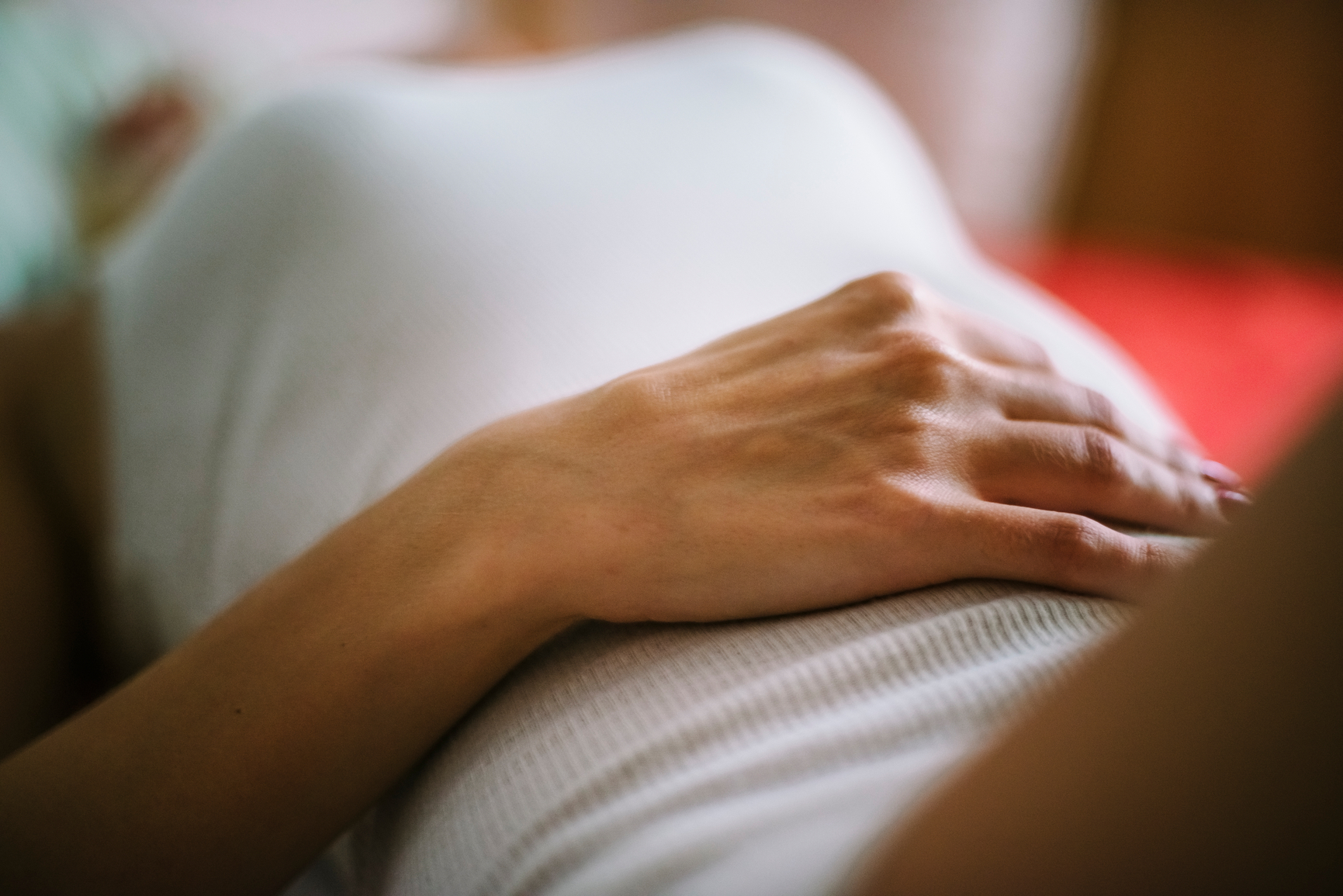We talked about how we should do pelvic floor muscle exercise both during and after pregnancy to prevent any pelvic floor problems and about trying to prepare the pelvic floor for birth as well as we can.
However even before giving birth we know that the pelvic floor in a woman can be symptomatic giving rise to problems with the bladder, bowel and with sexual satisfaction. Having given birth there may be more problems as the pelvic floor has sustained the passage of childbirth.
What Should I Expect
- After 12 weeks the pelvic floor muscles should be getting back to normal
- You may have some loss of control initially but this should settle in the initial few weeks and once you start your exercises
- There may be some pain and bruising but this settles down in a few weeks and should not be persistent
What To Look Out For
Bladder
- Going to the toilet all the time is not normal; 4-8 times in 24 hours is normal
- You should be able to hold on and make it in time and not rush
- You should not leak on the way to the toilet
- You shouldn’t leak on cough and sneeze and on exercise
- You shouldn’t leak running around with small children
Bowel
- You should be able to hold on easily and not have to rush to catch a bowel movement
- You shouldn’t leak stool and there shouldn’t be staining
- You shouldn’t pass lots of wind all the time
- You shouldn’t have difficulty cleaning the back passage, going back to wipe again and again
Pelvic Floor Support
- You should look out for a feeling of something coming down and see someone if you think the bladder, uterus or bowel have lost support
- You shouldn’t brace / force / hold everything as it is often the wrong thing to do
Pelvic Floor and Perineum
- You should go back to having intercourse when you feel ready; everyone is different
- Intercourse should not be persistently painful
- There should not be any niggling or persistent episiotomy / scar pains
- Intercourse should be as enjoyable as it was
Abdomen
- You should observe that your stomach muscles are coming together and that there is no muscle separation in the midline, seen as an outward bulging as you lift your head (Diastasis of the Rectus Abdominus Muscle)
One in three women will have some sort of pelvic floor problem in their lifetime. Although the postnatal period is a busy time with your new baby it is important to look after yourself. If you think that you have any of the above complaints after starting your pelvic floor exercises and still persistent after three months then you should see your GP, Obstetrician or Chartered Physiotherapist in Women’s Health.
Bladder Control Top Tips
- Keep to 4-8 times in 24 hours
- Don’t drink too much tea / coffee / fizzy drinks
- Drink at least 1.5 litres water per day
- Voiding volumes during the day should be 250 mls at least and first thing in the morning should be around 500 mls
- 100 mls shows that the bladder is too urgent
In order to supress the bladder urge try:
- Sitting down and leaning forwards
- Put pressure on the perineum (skin outside the vagina and back passage)
- Contract your pelvic floor muscles
- Keep breathing gently
- Wait for the urge to pass
OR (when there is nowhere to sit)
- Stand up on your toes
- Contract your pelvic floor muscles
- Keep breathing gently
- Wait for the urge to pass
Maeve Whelan
Specialist Chartered Physiotherapist
Women’s Health & Continence



